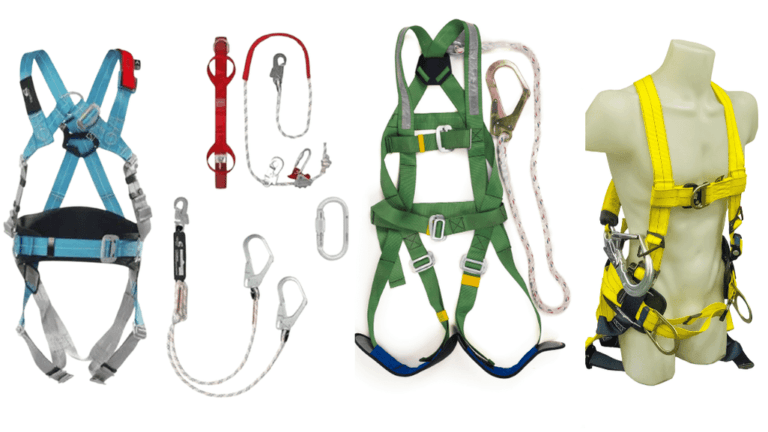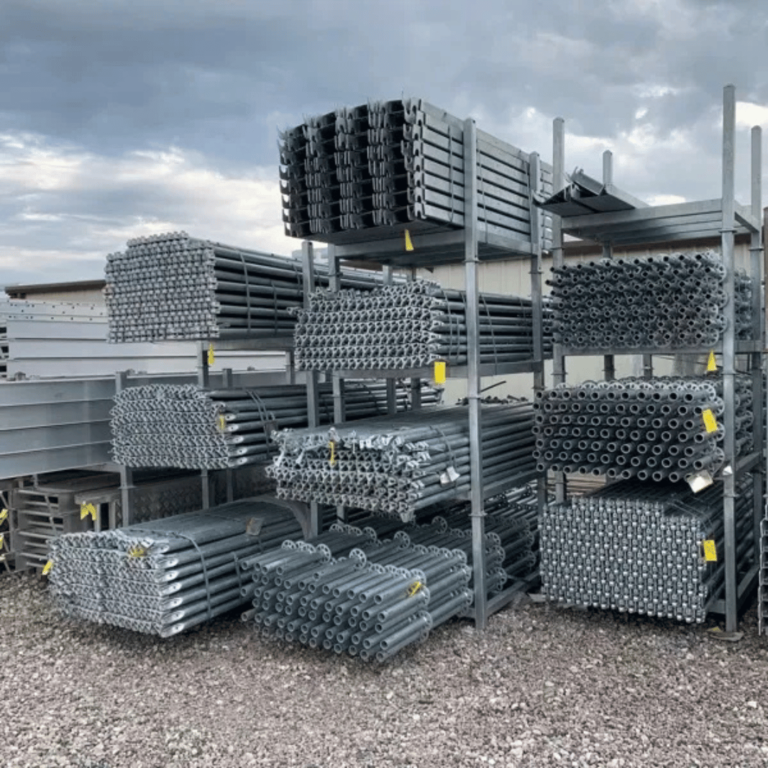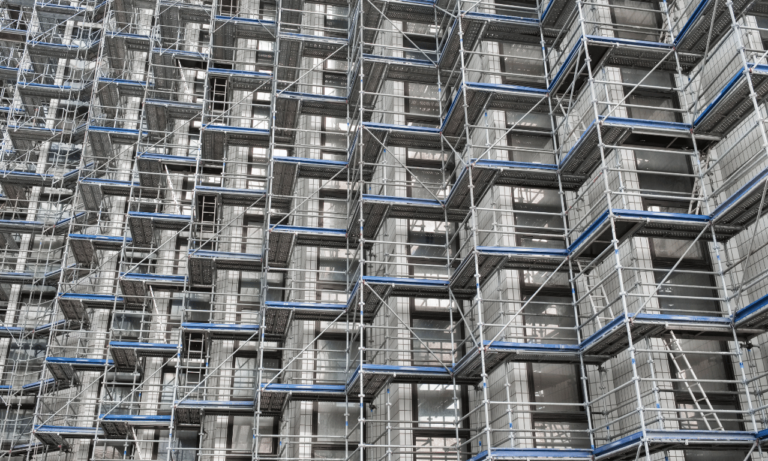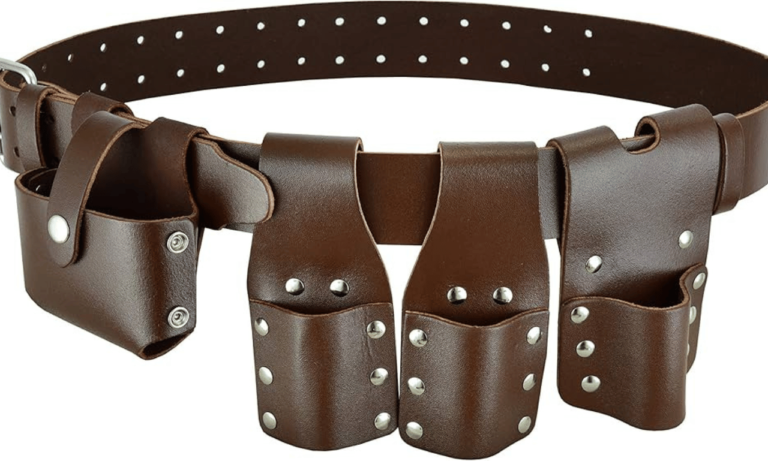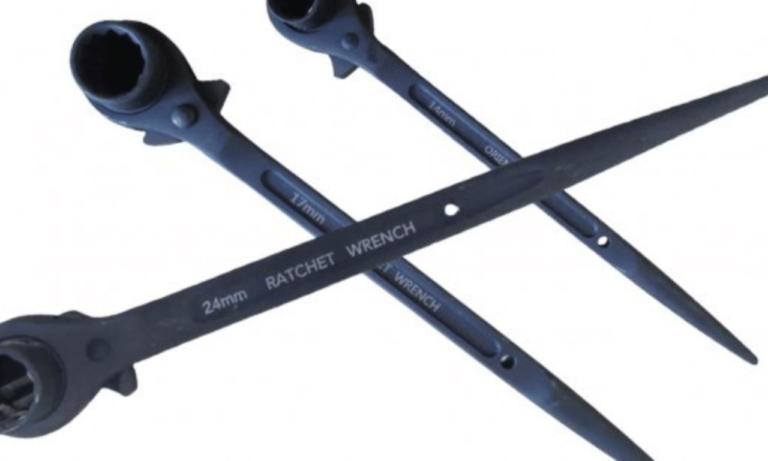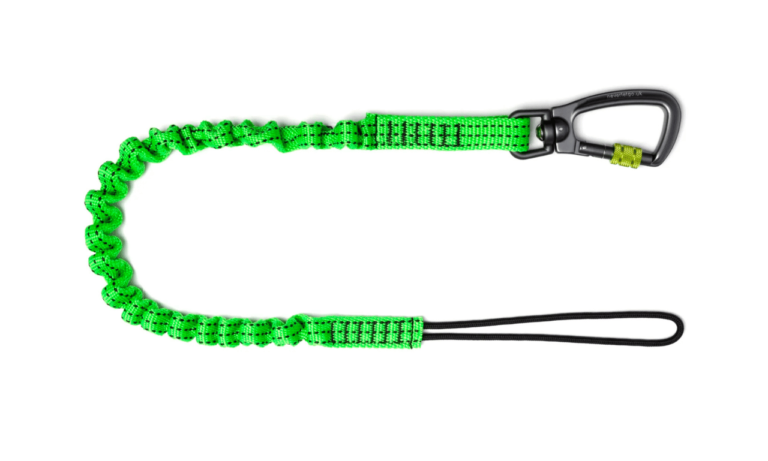Phone:
(+65)8319-0742
Debris netting is an essential safety measure in construction sites to protect workers and pedestrians from the risk of falling debris. It serves as a containment system, preventing construction materials, tools, and other objects from falling outside the designated work areas. With its high-quality construction and durability, debris netting provides effective debris containment and fall protection, ensuring safety and efficiency on the job site.
Key Takeaways:
- Debris netting is crucial for construction site safety, preventing falling debris and protecting workers and pedestrians.
- It offers effective debris containment and fall protection, ensuring safety and efficiency in construction projects.
- Debris netting is made from high-density polyethylene (HDPE), known for its strength, durability, and resistance to environmental conditions.
- Various types of debris netting are available, including different mesh sizes, weight capacities, and custom options.
- Installation of debris netting is straightforward and can be done both horizontally and vertically, depending on site requirements.
The Benefits of Debris Netting
Debris netting is a crucial safety measure in the construction industry that provides numerous benefits. Its use enhances construction safety by minimizing the risk of **debris containment** and preventing objects from falling outside the designated work areas, thus safeguarding the well-being of both workers and the general public.
One of the primary advantages of debris netting is its ability to create a safer working environment. By effectively **fall protection netting**, debris netting keeps construction sites secure, preventing accidents and injuries caused by falling objects. This ensures a productive and efficient workflow as workers can focus on their tasks without the constant concern of debris hazards.
Debris netting not only prioritizes safety but also contributes to the overall **construction site netting** efficiency. With debris effectively contained, disruptions caused by falling objects and their subsequent cleanup are minimized. This allows construction projects to maintain a seamless workflow, saving valuable time and resources.
Another significant advantage of debris netting is its exceptional durability, making it an ideal choice for construction projects of all sizes. With **heavy-duty debris netting**, construction professionals can trust that the netting will withstand the rigors of the job site. Its robust construction ensures longevity, providing reliable protection throughout the duration of the project.
In summary, the benefits of using debris netting in construction are manifold. Not only does it prioritize safety by preventing **debris netting for construction** outside the work area, but it also creates a safer working environment, improves productivity, and offers unmatched durability. These advantages make debris netting an essential component of any construction site seeking to maintain safety, efficiency, and regulatory compliance.
Different Types of Debris Netting
When it comes to construction safety, choosing the right debris netting is crucial. Different types of debris netting are available to suit various construction needs, ensuring optimal debris containment, fall protection, and jobsite protection. Here are some of the options:
1. Mesh Sizes and Weight Capacities:
Debris netting comes in different mesh sizes and weight capacities to accommodate various construction requirements. Some common options include:
| Mesh Size | Weight Capacity |
|---|---|
| 1/2″ | 500 lb. |
| 1″ | 2000 lb. |
| 2″ | 2500 lb. – 4500 lb. |
2. Raschell Debris Netting:
In addition to standard options, construction professionals can opt for raschell debris netting. This type of netting features a small 1/4″ mesh and is constructed with polyester material, providing enhanced durability and effectiveness in debris control.
With these different types of debris netting available, construction professionals have the flexibility and versatility to select the most appropriate netting for their specific requirements. Whether it’s construction safety netting, scaffold netting, or heavy-duty debris netting, choosing the right type of debris netting ensures optimal safety and protection on the job site.
Installation and Usage of Debris Netting

Installing debris netting is a straightforward process that ensures the safety and efficiency of construction sites. By effectively containing debris and preventing its escape, debris netting plays a crucial role in construction safety. Here’s a step-by-step guide on installing and utilizing debris netting:
1. Attach Netting to Vertical Members
Start by attaching the debris netting to vertical members such as columns or scaffolding pipes. These vertical members provide the necessary structure and support for the netting. Secure the netting at designated heights to create a reliable barrier against falling debris.
2. Choose Horizontal or Vertical Installation
Depending on the specific requirements of the construction site, debris netting can be installed horizontally or vertically. Consider the optimal positioning to ensure maximum debris containment and protection. Horizontal installation below a certain height is ideal for catching falling debris, while vertical installation at the outer perimeter prevents waste material from falling over the construction site boundary.
3. Utilize Debris Netting for Other Purposes
Beyond its primary role in construction safety, debris netting offers versatility. It can be adapted for additional applications such as protective nets, fences, and bird protection nets. This demonstrates the multi-functionality of debris netting and its potential to provide comprehensive jobsite protection.
By following these installation and usage guidelines, construction professionals can efficiently utilize debris netting for effective debris containment and enhanced worker safety.
Debris Netting Usage and Benefits
| Usage | Benefits |
|---|---|
| Construction safety netting | Prevents objects from falling and protects workers and pedestrians |
| Debris containment | Contains construction materials, tools, and objects to designated work areas |
| Scaffold netting | Enhances worker safety on scaffolding structures by preventing falls |
| Jobsite protection | Creates a safe working environment and minimizes disruptions |
| Debris control netting | Reduces the risk of accidents caused by falling objects |
| Fall protection netting | Safeguards workers from falls and maintains compliance with safety regulations |
| Debris netting for construction | Specifically designed for construction sites, providing optimal safety and efficiency |
| Construction site netting | Customizable to meet the unique needs of every construction project |
Materials and Durability of Debris Netting

Debris netting plays a critical role in construction site safety, offering robust protection and containment for debris and falling objects. A key factor in the effectiveness of debris netting is the choice of materials. High-density polyethylene (HDPE) is the most commonly used material in the construction of debris netting. HDPE is renowned for its exceptional properties, making it an ideal choice for ensuring the durability and longevity of the netting.
The strength of HDPE is crucial in construction safety netting, as it enables the netting to withstand heavy abuse and impact. This prevents small to large-sized debris and falling objects from escaping through the netting’s small mesh openings, minimizing the risk to workers and pedestrians below.
In addition to its strength, HDPE is also known for its light weight, making it easy to handle and install. This lightweight characteristic of debris netting allows for efficient and convenient deployment, saving time and resources on the job site.
Debris netting made from HDPE also offers excellent heat insulation properties, providing an added layer of protection against heat transfer and reducing the risk of fires. The netting acts as a barrier, helping to prevent the spread of flames and protecting workers and surrounding structures.
Furthermore, HDPE debris netting is dust-resistant, helping to maintain a clean and safe working environment. By preventing dust and debris from escaping through the netting, it promotes better air quality and reduces the need for additional cleaning and maintenance.
The durability of debris netting is vital in construction sites, which are often exposed to various environmental conditions and tension. HDPE netting offers exceptional tear resistance and flexibility, enabling it to withstand the challenges posed by wind, weather, and other factors without compromising its effectiveness.
Overall, the use of high-quality debris netting made from HDPE ensures long-lasting protection and reliability in construction safety. It safeguards workers, pedestrians, and nearby structures by effectively containing debris and preventing accidents caused by falling objects.
Key Features of HDPE Debris Netting:
- High strength and impact resistance
- Lightweight and easy to handle
- Excellent heat insulation and fireproof properties
- Dust-resistant for improved air quality
- Exceptional tear resistance and flexibility
Investing in heavy-duty debris netting made from HDPE is essential for any construction project, offering peace of mind and ensuring the safety and efficiency of the job site. With its superior materials and durability, debris netting made from HDPE is a reliable choice for construction professionals seeking the highest level of protection for their workers and the public.
Customization and Options for Debris Netting

Debris netting offers a range of customization options to meet specific construction requirements. Whether you need netting for debris containment, scaffold protection, or fall prevention, you can customize your debris netting to suit your project’s needs.
One customization option is choosing different colors for your netting. This allows you to match it to your construction site’s color scheme or visibility requirements. You can opt for high-visibility colors to enhance safety or select colors that blend in with the surroundings for aesthetic purposes.
Additionally, debris netting can be customized in terms of size and strength. Different construction projects have varying requirements for netting dimensions and weight capacities. By customizing the size and strength of your netting, you can ensure it provides optimal debris containment and protection against falling objects.
To enhance the durability and performance of your debris netting, you can opt for additional reinforcement. This reinforcement can strengthen the netting, making it more resistant to impacts and tears. It is a valuable option for construction sites that experience higher levels of debris or have specific safety requirements.
UV protection is another customizable feature available for debris netting. As construction sites are often exposed to sunlight, prolonged exposure can cause the netting to weaken or deteriorate. By selecting debris netting with UV protection, you can extend its lifespan and maintain its effectiveness in protecting against debris and falling objects.
When working in environments that pose a fire hazard, flame retardant debris netting is a crucial option to consider. This type of netting is treated with flame retardant substances, enhancing its ability to resist ignition and slow down the spread of flames. Flame retardant debris netting provides an extra layer of safety and protection.
For comprehensive safety systems, debris netting can be combined with other safety measures, such as polyethylene safety mesh. This combination ensures multiple layers of protection, reinforcing the effectiveness of debris netting in preventing accidents and injuries on the construction site.
With a wide range of customization options available, construction professionals can tailor their debris netting to perfectly suit their project’s requirements. From colors and sizes to reinforcement and additional features, custom debris netting provides enhanced safety and efficiency on construction sites.
Conclusion
Debris netting plays a crucial role in ensuring safety and efficiency on construction sites. With its high-quality materials and durability, it effectively contains debris and provides essential fall protection. By implementing debris netting, construction professionals can safeguard workers and the general public, minimizing the risk of accidents and injuries.
Not only does debris netting enhance safety, but it also helps improve productivity. By preventing falling objects and debris from disrupting workflow, construction sites can operate smoothly and efficiently. Furthermore, debris netting is customizable to meet specific project requirements, offering flexibility in terms of size, strength, and additional properties such as UV protection and flame retardancy.
Choosing top-quality debris netting is essential to ensure the utmost safety and efficiency on construction projects. By adhering to industry regulations and standards, construction professionals can create a secure working environment that prioritizes employee and public safety. Invest in debris netting for construction site protection and enjoy the peace of mind that comes with implementing reliable safety measures.
FAQ
What is debris netting?
Debris netting is a safety measure used in construction sites to contain and prevent falling objects and debris from causing harm to workers and the general public.
How does debris netting enhance construction safety?
Debris netting reduces the risk of objects falling outside the work area, protecting both workers and pedestrians. It contains debris and prevents accidents caused by falling objects, creating a safer working environment.
What are the types of debris netting available?
There are various types of debris netting with different mesh sizes and weight capacities, including 1/2″ mesh with a 500 lb. capacity, 1″ mesh with a 2000 lb. capacity, and 2″ mesh with capacities ranging from 2500 lb. to 4500 lb. Custom options, such as raschell debris netting with a 1/4″ mesh, are also available.
How is debris netting installed?
Debris netting is attached to vertical members, such as columns or scaffolding pipes, at designated heights. It can be installed horizontally to catch falling debris and vertically at the outer perimeter to prevent waste material from falling over.
What materials are used for debris netting?
Debris netting is typically made from high-density polyethylene (HDPE), known for its strength, durability, and ability to withstand impacts and tension. HDPE provides a light-weight, fireproof, and dust-proof solution for containing debris.
Can debris netting be customized?
Yes, debris netting can be customized with different colors, sizes, strengths, reinforcement, UV protection, and flame retardant properties to meet specific construction requirements.

Best Scaffolding Leather Gloves for Safety & Grip
When it comes to working on scaffolding, having the right gloves is crucial for both safety and grip….

Best Heavy-Duty Scaffold Casters for Stability
When it comes to ensuring stability and smooth mobility in construction projects, investing in the best…

Magnetic Level Guides: Optimize Your Accuracy
Magnetic levels are essential tools for achieving accurate measurements in various applications. Whether…

Best Tie Wire Reel for Efficient Wiring Jobs
A tie wire reel is a crucial tool for efficient wire handling during construction or electrical jobs….

Best Diagonal Brace Connector Tools for Stability
Diagonal brace connector tools are essential for ensuring stability and structural integrity in construction…
No posts found


